Do you suffer from terrible cramps, PMS, or irregular periods? Your water bottle or even your makeup bag could be hiding the culprit. Regarding hormone balance, most of us concentrate on stress and food, but we frequently ignore a silent invader: environmental pollutants.
Endocrine-disrupting chemicals (EDCs), which can imitate or block natural hormones and upset the balance of your reproductive system, are found in many everyday items. These disruptors can change the duration of the cycle, interfere with ovulation, and worsen PMS symptoms, including cramping, mood swings, and bloating.
Many products contain hormone disruptors, contrary to popular belief. You can find them in plastic containers, non-stick cookware, traditional cosmetics, and scented lotions. Prolonged exposure might gradually harm your hormone balance, even though the effects aren’t always felt immediately. “The good news?” One slight modification can have a significant impact.
This article’ll help you identify common offenders and demonstrate easy, realistic substitutions to promote a healthier, more balanced menstrual cycle.
Read More: Common Household Toxins You Didn’t Know Could Be Harming Your Health
What Are Endocrine Disruptors?
Numerous essential bodily processes, including growth and development, reproduction, metabolism, sleep, stress, and immunological response, depend on the endocrine system, a network of hormones, hormone-producing glands, and hormone receptors.
Natural or artificial substances known as endocrine disruptors can alter the hormone system in various ways, including raising the synthesis of some hormones, lowering the synthesis of others, and interfering with their signaling. This leads to severe health issues.
Reproductive difficulties such as altered fertility, early puberty, and low birth weight risk, obesity, diabetes, immune system effects, respiratory and cardiovascular disorders, some cancers, and neurological and behavioral disorders are among these hazards. Due to the ongoing development of their physiological systems, developing fetuses, babies, and children are particularly vulnerable.
8 Everyday Toxins That Can Disrupt Your Cycle
1. BPA (Bisphenol A)
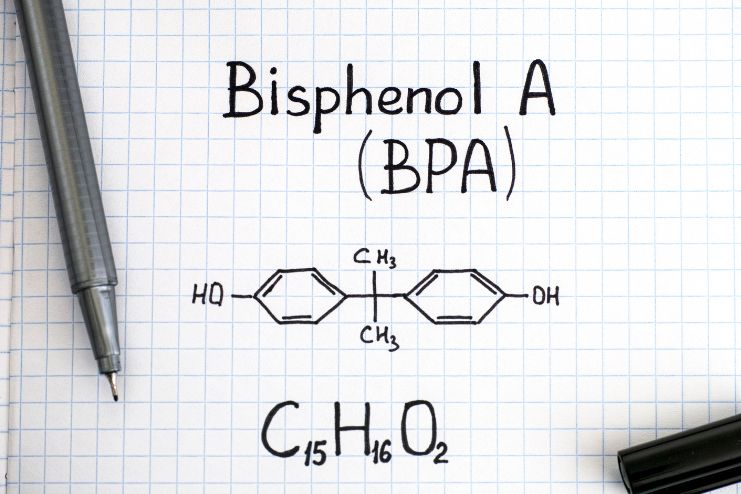
Epoxy resins and polycarbonate plastics contain BPA. People use polycarbonate plastic to make water bottles and other food and drink containers. Other consumer goods might also use them. Bisphenol A, or BPA, is an industrial chemical used since the 1950s to create resins and polymers.
Water supply lines, bottle tops, and food cans are among the metal items whose interiors are coated with epoxy resins.
Bisphenols are problematic because they can resemble estrogens and interfere with their metabolism. It can impact weight and lead to obesity, in addition to having a detrimental effect on the quality of eggs and sperm.
According to certain studies, BPA can leak into food or drinks from BPA-containing containers. The potential health effect of BPA exposure on fetuses, newborns, and children’s brains and prostate glands makes it a huge concern.
Read More: The Lymphatic System Detox – Simple Daily Habits for Better Circulation
2. Phthalates
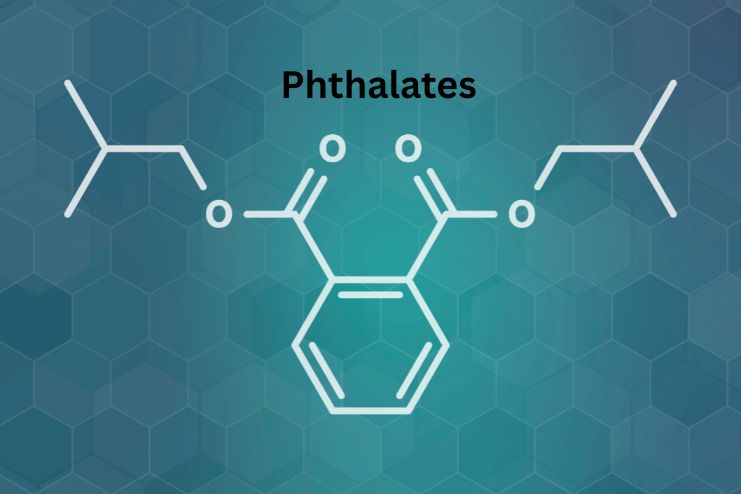
Numerous cosmetics and personal hygiene items contain phthalates. Phthalates are chemicals created in the past century and are used to increase the durability of plastics. Based on the most popular applications, these colorless, odorless, and oily liquids are known as “plasticizers.”
When sprayed on the plastic surfaces, phthalates do not adhere permanently and do not evaporate. Manufacturers use phthalates as stabilizers and solvents in making perfumes.
People frequently make vinyl flooring, adhesives, detergents, lubricating oils, automotive plastics, plastic clothing (raincoats), soaps, shampoos, hair sprays, nail polishes, plastic packaging film, garden hoses, inflatable toys, and some kid-friendly toys using these. Phthalates are associated with a higher incidence of endometriosis, PCOS, early puberty, early menopause, thyroid dysfunction, and fertility issues.
3. Parabens
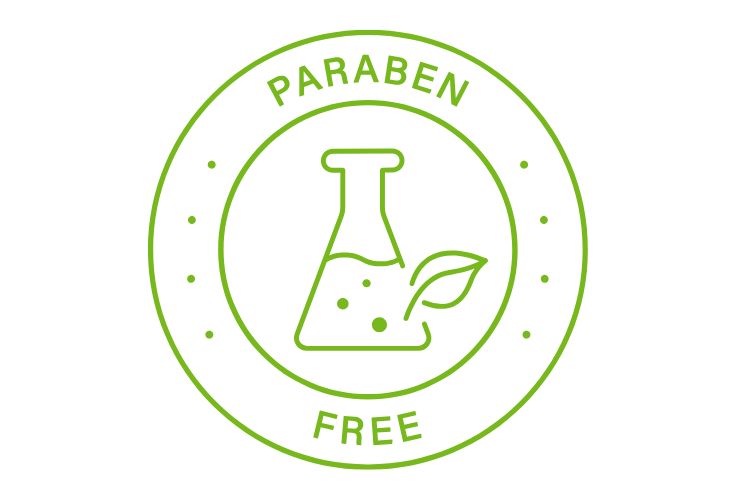
A group of related chemicals known as parabens is frequently found in cosmetic products as preservatives. Preservatives can be used to protect products and customers by stopping the growth of mold and dangerous bacteria.
Methylparaben, propylparaben, and butylparaben, are the parabens which are mostly found in cosmetics.
Studies comparing the levels of parabens in the bodies of women, men, adolescents, and children who routinely use cosmetics vs those who do not have shown that personal care items are the primary source of paraben exposure.
Similar to phthalates, parabens are frequently used as preservatives in processed foods and personal hygiene products. These substances are associated with reduced testosterone, sperm motility, aberrant sperm morphology, increased DNA fragmentation, and decreased ovarian reserve.
Read More: How BPA Exposure in Everyday Products Could Be Hurting Your Fertility
4. Pesticides
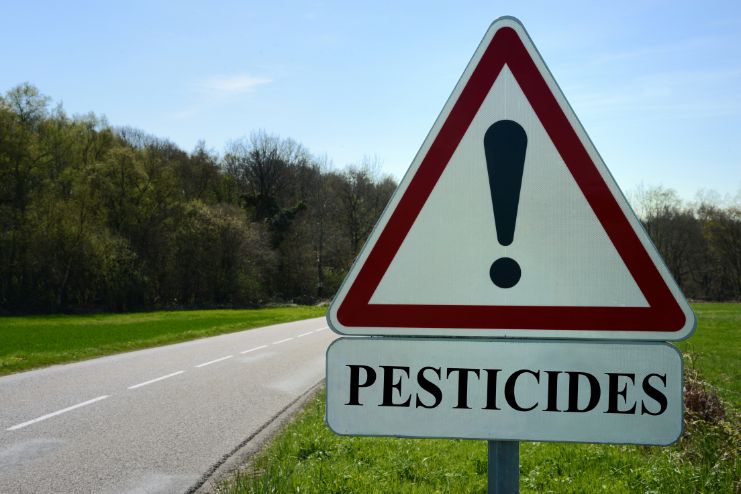
In agriculture, pesticides shield crops from weeds, fungi, insects, and other pests. In the US, monitoring for pesticide chemical residues in or on food is a joint duty of federal government agencies. The Environmental Protection Agency (EPA) evaluates pesticides to ensure they are safe for the environment and human health.
Pests live where they are unwanted or endanger people, animals, or crops. Pesticides can eliminate them. Pesticides do more than just kill insects. They include insecticides to fight bacteria, mildew, rodents, and weeds. Pesticides are found in many household items.
The type of pesticide used determines its effects on health. Some, including carbamates and organophosphates, impact the neurological system. Others could cause eye or skin irritation, and certain insecticides may cause cancer.
5. Flame Retardants (PBDEs)

Flame retardant chemicals, also called polybrominated diphenyl ethers (PBDEs), are applied to items to prevent them from burning or catching fire when exposed to flames or extreme heat. Manufacturers have used PBDEs in mattresses, upholstered furniture, foam carpet pads, draperies, television sets, computers, stereos, gadgets, cable insulation, adhesives, and textile coatings for around 30 years.
PBDEs can leave flame-retardant products and end up in household dust, indoor air, and, ultimately, the environment. They can build up in the food chain and do not decompose rapidly in the environment. Researchers have found them in air, soils, sediments, fish, marine mammals, birds, other wildlife, cattle, poultry, dairy products, and human bodies.
Although Australia outlawed them in 2005, people can still find them in imported goods or antique furniture. Additionally, they may be exposed to home dust. Fire retardants have also been demonstrated to impact thyroid function.
Read More: How to Build an Anti-Inflammatory Morning Routine
6. PFAS (Forever Chemicals)
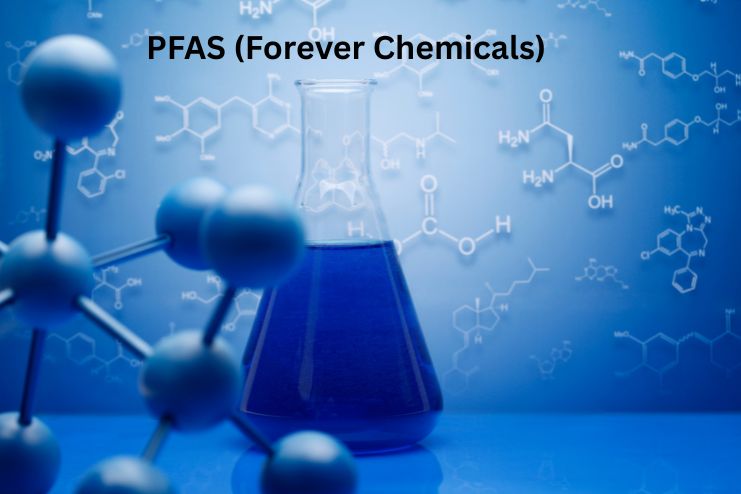
Since the 1940s, a class of artificial chemicals known as per- and poly-fluoroalkyl substances (PFAS) has been utilized in various sectors. Their tenacity in the human body and the environment has led people to dub them “forever chemicals.” Today, people think that 98 percent of Americans have PFAS in their blood, which poses serious health and environmental issues.
PFAS is used to make fluoropolymer coatings and goods that are resistant to heat, water, dirt, oil, stains, and grease. They are present in a wide range of goods, including electronics, paint, textiles, food packaging, cookware, cosmetics, and insecticides.
Reducing human and environmental exposure to PFAS is crucial due to its widespread use and the health effects that are increasingly linked to prolonged contact. In recent years, new regional and international chemical restrictions have been implemented to limit and eradicate the use of PFAS for certain purposes.
Regulations devoid of PFAS are being implemented, particularly in the US and the EU.
7. Synthetic Fragrances

Nevertheless, scent is more than simply a classification; it is a potent catalyst that can arouse strong feelings and transport us back to past experiences. A particular fragrance, like the comforting air of your grandmother’s kitchen or a perfume that reminds you of a loved one, can instantly take you back to a special moment in your early years.
Chemically produced scents, known as synthetic perfumes, are present in various goods, ranging from household cleansers to cosmetics. Synthetic perfumes are defined as having a mixture of chemicals utilized to produce particular fragrances.
Artificial fragrances are scent mixtures created in labs to generate entirely new odors or replicate natural scents. Usually made up of a mix of synthetic chemicals, they may contain a variety of volatile organic compounds (VOCs), fixatives (to extend the aroma), and single-molecule odorants (such as alcohols, esters, ketones, and aldehydes).
One of the top five allergens in the world, fragrances can cause skin irritation, headaches, and migraines. Over half of shampoos, conditioners, and styling products contain the component “fragrance,” which only adds an artificial perfume without enhancing the product’s functionality.
Read More: The Benefits of Dry Brushing: Does It Actually Improve Circulation & Lymphatic Health?
8. Triclosan
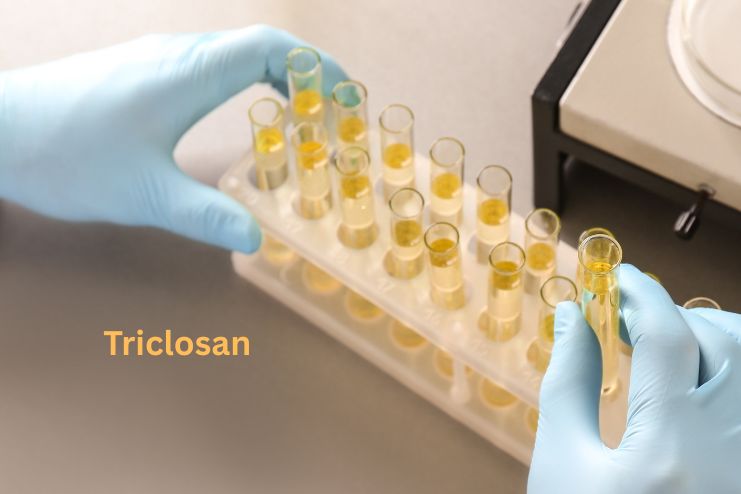
A chemical called triclosan is a component of many goods. Its antibacterial qualities prevent or stop bacterial growth and contamination. Triclosan is a common ingredient in many over-the-counter (OTC) antibacterial soaps and body washes because it kills germs.
The FDA in the United States outlawed the sale of consumer antiseptic wash products that included triclosan in 2016. It accounted for almost 40% of all soap sales. These antibacterial products are meant to be used with water and rinsed off after each use. The FDA claims that these products may be dangerous and are no more effective than regular soap and water.
How to Reduce Exposure Without Stressing Out
It doesn’t have to be too difficult to cut back on hormone-disrupting chemicals. Be consistent, start small, and concentrate on progressing rather than perfection. To make it manageable, follow these steps:
- Don’t try to change your entire way of living all at once. Start with one location and work your way up from there.
- Start with products that come into contact with your skin or food daily. Change to a natural deodorant that doesn’t include aluminum or parabens. Use stainless steel or BPA-free utensils and bottles.
- Drink filtered water to avoid pollutants like chlorine and heavy metals.
- Eat cruciferous vegetables, like cauliflower, kale, and broccoli, for liver detoxification.
Over time, making minor, well-informed adjustments can significantly affect your hormonal well-being.
Read More: Gua Sha for Lymphatic Drainage: Does It Work Beyond Skincare?
Conclusion
Common poisons may appear harmless in small amounts, but when they build up over time, they can cause significant hormone imbalances. Endocrine disruptors can have a subtle but significant impact on menstrual health, causing everything from mood swings and infertility to painful cramps and irregular periods. The good news? You underestimate your level of control.
By becoming conscious of the ingredients in your cuisine, cookware, and personal care items and making small, deliberate changes, you’re allowing your body to reestablish its normal rhythm. Making better decisions that promote your hormonal balance is more important than striving for perfection.
Remind yourself that your hormones are perceptive; ensure they are not receiving conflicting signals from concealed poisons. Begin modestly, maintain consistency, and believe that even minor adjustments can promote a more balanced, healthy cycle.
References
- https://www.webmd.com/children/what-are-endocrine-disruptors
- https://www.ewg.org/news-insights/news/2022/07/what-are-endocrine-disruptors
- https://www.mayoclinic.org/healthy-lifestyle/nutrition-and-healthy-eating/expert-answers/bpa/faq-20058331
- https://www.fda.gov/food/food-packaging-other-substances-come-contact-food-information-consumers/bisphenol-bpa
- https://hormonehealthstudio.com/6-environmental-toxins-to-avoid/
- https://www.fda.gov/cosmetics/cosmetic-ingredients/phthalates-cosmetics
- https://www.nrdc.org/stories/fighting-phthalates
- https://www.fda.gov/cosmetics/cosmetic-ingredients/parabens-cosmetics
- https://www.ewg.org/what-are-parabens
- https://www.epa.gov/minimum-risk-pesticides/what-pesticide
- https://www.fda.gov/food/chemical-contaminants-pesticides/pesticides
- https://medlineplus.gov/pesticides.html
- https://doh.wa.gov/community-and-environment/contaminants/pbdes
- https://oceanservice.noaa.gov/facts/pbde.html
- https://www.ul.com/services/pfas-testing-services-plastics
- https://www.responsiblefoodbusiness.org/insights/why-government-and-industry-must-address-forever-chemicals-in-the-food-supply
- https://suntribesunscreen.com/the-dangers-of-synthetic-fragrances/
- https://my.clevelandclinic.org/health/articles/24280-triclosan
- https://www.news-medical.net/health/What-is-Triclosan-and-Why-is-it-Banned.aspx
In this Article



















